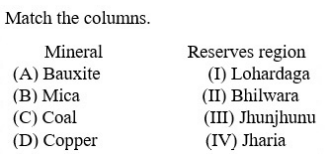Question
In a small open economy with a floating exchange rate,
the supply of real money balances is fixed and a rise in government spending ______Solution
As G increases, IS 1 shifts to IS 2 . At new equilibrium e', interest rate also increase and i > i*. Here,2 things are happening: a) there will now be capital inflow as a result capital A/c surplus b) Since, AD and Y increased, import demand will increase which will lead to current A/c deficit. Since, the magnitude of Capital A/c surplus will be much higher than the magnitude of current A/c deficit; there is BOP surplus. As a result domestic currency appreciates; dd for rupee has increased. As a result Exports decrease and Imports increase (imports have become cheaper) [Net exports falls] IS shifts back to initial level and equilibrium in the goods market is restored. In a small open economy with a floating exchange rate, the supply of real money balances is fixed and a rise in government spending raises the interest rate, so that income must rise to maintain equilibrium in the money market.
Which one of the following is not a security protocol ?

Begum Hazrat Mahal, the wife of the Nawab of _______ led the uprising at Lucknow in May, 1857.
If there are enough coins of denomination ₹1, ₹2 and ₹5, then in how many ways can one pay ₹10?
Severe undernutrition due to the deficiency of food and energy is termed as _________.
Agri-Clinics under the Agri Clinic and Agribusiness Centres (ACABC) Scheme provide support in which of the following areas?
The Gold Monetization Scheme allows depositors to earn interest on gold held in:
When was the first match of ICC Cricket World Cup 2019 played ?
Which one of the following is called the "Arc De Triomphe of the East"?
Which entity was the first credit agency in India?


